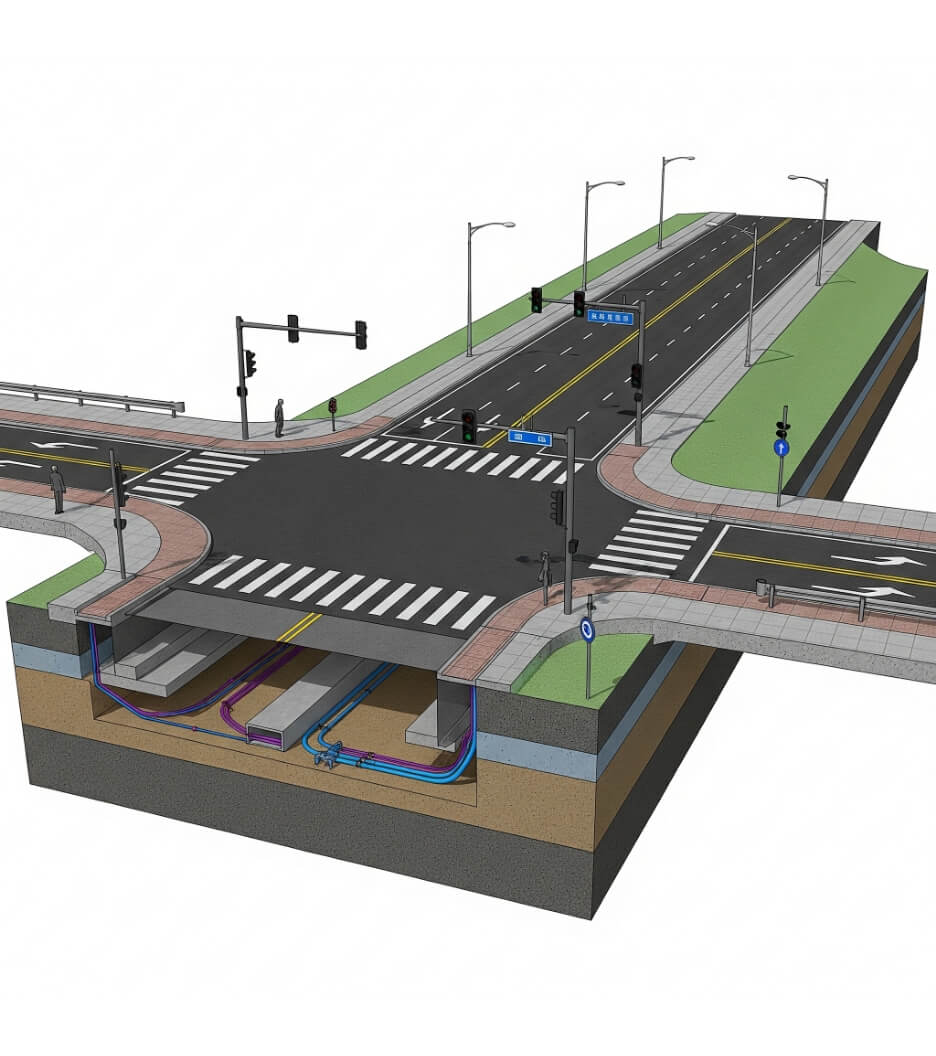 Parth Patel
Parth Patel
How can Leveraging BIM in Real Estate Greatly Support the AEC Industry?
 Parth Patel
Parth Patel

Send Us Your Requirement
Real estate is one of the most important investments anyone will make in their lifetime. And yet, many people need to learn what goes into making a good real estate investment. Today, every construction business knows the benefits of BIM technology. Its cooperation skills, clash detection capabilities, ease of information, and so on are widely established and have significantly changed the AEC industry. Along with collaborative and quickly adaptable technology, architects, engineers and other collaborators cannot imagine working without AEC BIM services technology.
With a list of advantages, BIM services also offer a wide range of practical applications in the real estate industry, making it an indispensable tool for homeowners and project managers. Building project managers can use BIM services to help with construction processes, as it has proven to be a game changer in the evolving AEC industry. As a matter of fact, the growth of technology doesn’t stop here. Further, AEC BIM services have been on a continuous verge of improvement in the construction projects. With already significant benefits, BIM also brings a collaborative approach for after the construction stage is completed.
Over the years, professionals have incorporated BIM technology into construction projects and have always gained efficient and accurate outcomes without any delays, wastage of materials or over budgeting of the project. This signifies the importance of BIM which also enhances the real estate sector in many ways.
Are you looking for Reliable and Accurate BIM Services?
Talk to our Experts
Real estate is a rich sector where buyers tend to think in 10 different ways before buying a property. Any real estate group offering commercial or residential projects to clients built on the BIM technology are comparatively easy to sell. Since the BIM model offers in-depth insights with proper documentation, it is easier for building owners to maintain the facility with access to the curated 3D model.
Common Challenges Faced by the Real Estate Industry
Common Challenges Faced by the Real Estate Industry
Design Error Losses
Investment Decisions
Cost Overruns
Lifecycle And Maintenance
Design Error Losses
Building information modeling may assist in preventing design defaults in real estate development and construction. Losses due to design faults are often caused by a lack of collaboration among the architect, engineers, and project management or by a miscalculation of structural load and reinforcement, forcing on-site redesign and repair.
Investment Decisions
A real estate developer must have a realistic cost analysis to decide whether to invest in a developed property. After investing, a developer must assess the construction, administrative, and operations costs.
Cost Overruns
Using BIM modeling services in real estate development and construction is an excellent method to keep costs under control. The expected cost often exceeds the project budget due to a lack of strategy, poor investment selections, redesigning, and rebuilding.
Lifecycle And Maintenance
Poorly developed property results in carbon emissions, raising worries about sustainability for a real estate developer. The lifespan and maintenance expenses should be considered in post-construction planning. This results in unanticipated obligations and higher expenditures for building owners and managers.
Key Benefits Of Using BIM Services in Real Estate
Key Benefits Of Using BIM Services in Real Estate
More Simple Design System
Project Cost Analysis
Forecasting Risks
Easier Management
Digital twin Of your Building
Waste management
With its comprehensive specifications and measurements, it can save time and money while improving accuracy. Besides, BIM modeling services make it easier to visualize your project in order to incorporate changes if required. Hence, building information modeling can become a comprehensive service for the real estate industry to carry out their esteemed projects without delay or any errors in the process. Not only this, BIM is reshaping the future as well with a long list of benefits that one can’t overlook. Let’s dive into the advantages catered by BIM to the real estate industry.
More Simple Design System
A real estate project can go more smoothly overall with a more strategic approach to design and planning. This allows for more income while lowering costs on material, delaying in the projects and projects as per the intended design with AEC BIM services. Besides, having more accurate and efficient design plans can take the real estate construction project.
Project Cost Analysis
Building Information Modeling may be utilized in real estate development to attain 4D, 5D, and 6D phases. It enables the creation of exact bills of quantities, assisting real estate developers in evaluating their spending. It also allows the integration of asset information, such as warranty and expiry dates, to estimate future maintenance expenditures.
Forecasting Risks
Risks might occur during project planning and on-site construction. Real estate developers must anticipate dangers to apply adequate risk measures. Real estate developers may plan to build timelines, risk management, and site operations using 4D scheduling services. BIM services virtual technologies enable developers to communicate more efficiently with the design team, resulting in a better-coordinated design. Using BIM clash detection services, identify and eliminate any flaws in architectural, structural, and MEP plans.
Easier Management
With BIM modeling services, each participant is well informed of what to do, delivery schedules, operational procedures, and so on, to get better outcomes. The planning of work and the organization of diverse activities improve work organization. Blueprints are required for any construction project for smooth workflow before construction begins. However, BIM software successfully merges structural drawings and blueprints into one system, making it much easier to manage the property’s structural elements without relying on numerous separate sheets of paper, which can quickly get confusing, especially if changes are required down the line.
Digital twin Of your Building
Through informative previews and virtual walk-throughs, a precise BIM model of a building makes it simpler to get essential stakeholder feedback, including the tenant community’s opinion throughout the design process, resulting in more effective structures. With the building information model, the design team can identify what works well and what doesn’t. Furthermore, this helps to guarantee that the final project is executed to a consistently high level and by the original project brief.
Waste management
Material preservation is essential for financial and environmental properties. Employing a system such as BIM that can automatically manage and monitor resources might be beneficial in ensuring that your real estate project orders precisely the appropriate quantity of materials. That way, they can handle the waste and support green construction.
Conclusion
Building information modeling is a powerful tool used to improve real estate projects. BIM can create more comprehensive specifications and measurements, saving time and money. In addition, BIM services can also be used to create realistic 3D models of properties, which can help to visualize the final product and make better decisions about the design and construction of the project. By adopting BIM modeling services for renovation and new projects, you manage your home construction from start to finish. With its comprehensive specifications and measurements, BIM allows you to see the project as a whole and make informed decisions along the way. Homeowners and project managers will find BIM invaluable in making their dream homes a reality.


